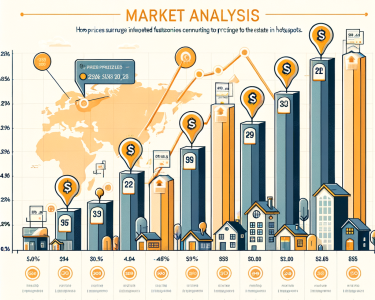Certainly, I’d be happy to write an article on the rise of co-living and explore shared accommodation trends.
Co-living is a growing trend in the housing market, particularly among young professionals and students. It involves sharing living spaces with others, often in a communal setting, and can offer a more affordable and social living experience.
According to a recent report by JLL, a global real estate services firm, co-living is expected to grow by 116% in the next five years, with an estimated 1.3 million units worldwide by 2025. This growth is driven by a number of factors, including rising housing costs, changing attitudes towards homeownership, and a desire for more flexible living arrangements.
One of the key benefits of co-living is affordability. By sharing living spaces, residents can split the cost of rent and utilities, making it a more cost-effective option than renting or owning a home. Additionally, co-living often includes amenities such as cleaning services, shared workspaces, and social events, which can add value to the living experience.
However, co-living is not without its challenges. Living in close quarters with others can lead to conflicts over shared spaces and differing lifestyles. Additionally, some critics argue that co-living can exacerbate issues of inequality, as those who cannot afford traditional housing may be forced into communal living situations.
Despite these challenges, co-living is likely to continue to grow in popularity as more people seek out affordable and flexible living arrangements. As the trend continues to evolve, it will be important for developers and policymakers to consider the unique needs and challenges of co-living communities.
In conclusion, co-living is a rising trend in the housing market that offers a more affordable and social living experience. While it is not without its challenges, it is likely to continue to grow in popularity in the coming years. As journalists, it is important to report on this trend and explore its implications for the housing market and society as a whole.




